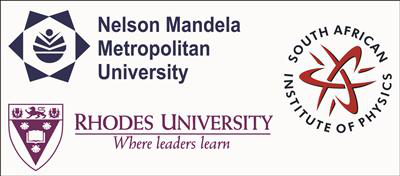Speaker
Please indicate whether<br>this abstract may be<br>published online<br>(Yes / No)
Yes
Level for award<br> (Hons, MSc, <br> PhD, N/A)?
M.Sc
Main supervisor (name and email)<br>and his / her institution
Prof. Max Michaelis
max.michaelis@stfc.ac.uk
University of Kwa-Zulu Natal
Abstract content <br> (Max 300 words)<br><a href="http://events.saip.org.za/getFile.py/access?resId=0&materialId=0&confId=34" target="_blank">Formatting &<br>Special chars</a>
The Colliding Shock Lens (CSL) exploits the interference of shock waves in a gas to form a region in which high pressure, temperature and density change the refractive index of the gas, making it possible to focus laser light tested . They are real optical elements, sometimes have very good optical qualities and can be made out of air. CSL's are dynamic lenses, which last for a few microseconds and are always evolving. As gas structures, they can be applied to focus high powered laser light when solid lenses would be damages. The shocks are generated by spark gaps of exploding wires.
Another application of colliding shocks is the formation of virtual capillaries, which are a series of spark gaps set out on the surface of a cylinder forming a cylindrical lens. A set of exploding wires on a circumference were investigated experimentally.
The limitations with experiments is that physical probes positioned at points of interest would interfere with the experiment, hence making it impractical to determine the parameters of interest as mentioned above. Computational Fluid Dynamics (CFD) was employed to try and alleviate the above problem.
Apply to be<br> considered for a student <br> award (Yes / No)?
No
Would you like to <br> submit a short paper <br> for the Conference <br> Proceedings (Yes / No)?
No

